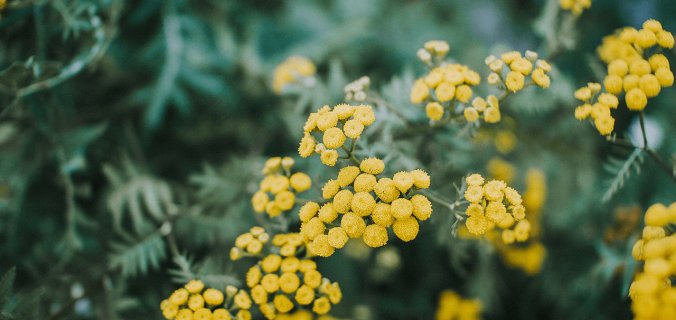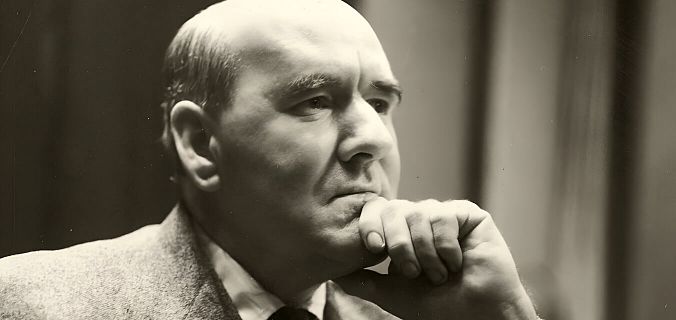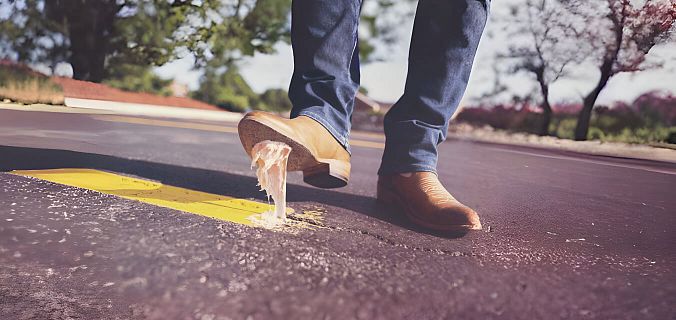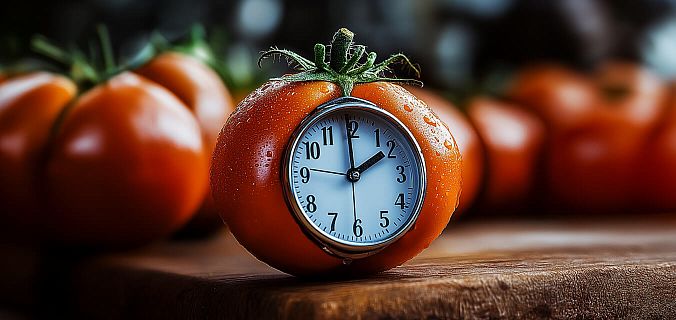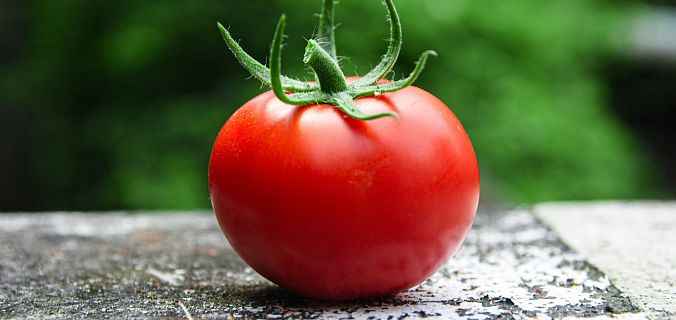After all, the molecular mechanisms controlling circadian rhythms were discovered only in 2017. Plus the time spent on drinking to the Nobel Prize. As you see, not so much time passed since scientists started trying to overmaster the circadian rhythms. Until now, we do not control those rhythms, they control us, just as they control everything that breathes, feeds, grows, multiplies and dies — from a single-celled bacterium to a blue whale.
To determine your circadian rhythms, you need to equip yourself with a heart rate monitor, a thermometer, a pen, a notebook and patience for three days.
- Measure your pulse and temperature every two hours, and record the values.
- Create a graph of your working capacity: mark hours horizontally, body temperature values (in one color) and pulse values (in another color) vertically.
- During the day, the temperature of a healthy person changes by 1−1.3 degrees. Plan work for periods of rising temperatures, and sleep and rest for periods of lower temperatures.
- Highlight the time intervals when the values of temperature and pulse are maximum — these are your activity peaks.
When you are neither mimosa nor an oyster, it is not always possible to close the leaves and shut the shells at productivity drop periods. But you can try to switch to those tasks that do not require high activity.
Slow start
In the morning, when your head is clear, it is best to do B type tasks (important and not urgent, according to Eisenhower). At this time, short-term memory works well and new information is assimilated easily. It's better to devote this time to the development, study, research.

First activity rise
During the energy burst, you can move mountains and save the world — this is a great time for type A tasks (important and urgent).

Decrease in activity level
After lunch, sleep is best. If this is not possible, you may do routine tasks that can be performed automatically (C tasks — urgent, not important).

Second activity rise
At this time, it is good to return to type B tasks (important and not urgent).

Decrease in activity level
At the end of the day, you can pay attention to type D tasks (not important and not urgent, but the ones you enjoy).


